Loading a trailer correctly is essential for ensuring the safety of your load, the longevity of your trailer, and the efficiency of your transportation operations. At CarMax Vehicle, we specialize in manufacturing high-quality semi-trailers designed to meet diverse transportation needs. This guide provides a step-by-step approach to loading a trailer effectively, addressing key considerations to optimize your loading process.
Table of Contents
- Understanding Your Trailer’s Specifications
- Preparing Your Load for Transportation
- Safety Precautions Before Loading
- Step-by-Step Loading Process
- Utilizing CarMax Vehicle Trailers
- Common Mistakes to Avoid
- Maintenance Tips for Loaded Trailers
- Conclusion
- Frequently Asked Questions
Understanding Your Trailer’s Specifications
Before embarking on the loading process, it’s crucial to comprehend the specifications of your trailer. This knowledge ensures that you maximize the trailer’s capacity without compromising safety or efficiency.
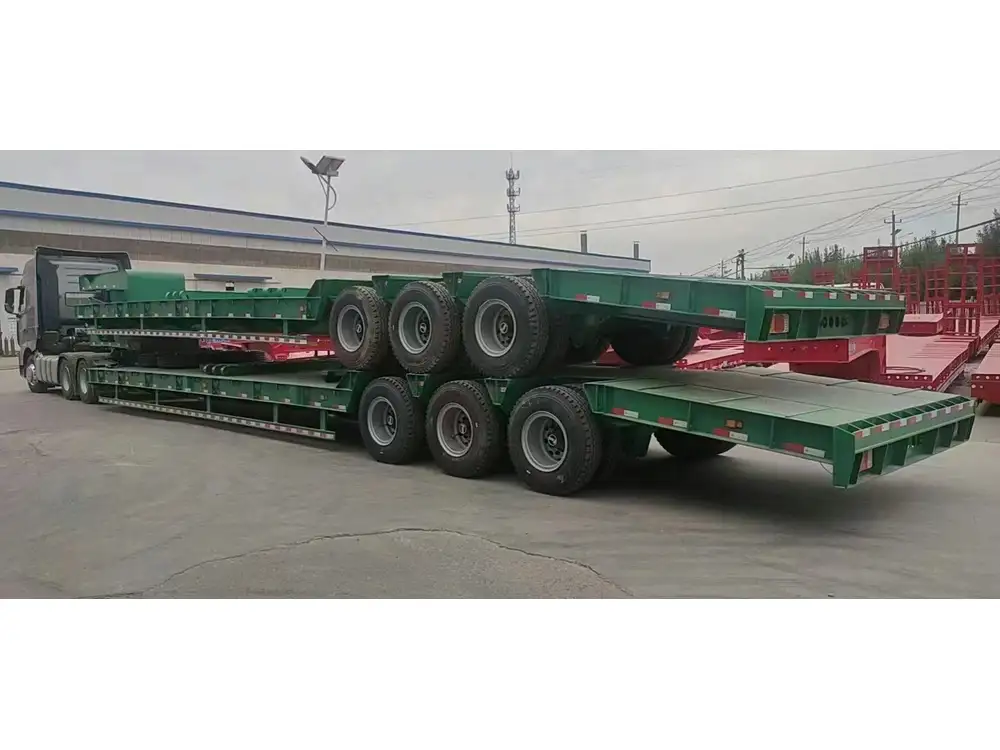
Key Specifications to Consider
| Specification | Description |
|---|---|
| Tare Weight | The unladen weight of the trailer. |
| Gross Vehicle Weight Rating (GVWR) | The maximum allowable weight, including load. |
| Axle Rating | The maximum weight each axle can support. |
| Dimensions | Length, width, and height of the trailer’s cargo area. |
| Load Capacity | Total weight the trailer can safely carry. |
Understanding these specifications helps in planning the load, ensuring compliance with transportation regulations, and maintaining trailer integrity.
Preparing Your Load for Transportation
Properly preparing your cargo before loading is fundamental to an efficient and safe transportation process.
Steps to Prepare Your Load
- Assess the Cargo: Determine the nature, size, and weight of the items to be transported.
- Categorize Items: Group similar items together to streamline loading.
- Protect Fragile Items: Use padding or protective coverings to prevent damage.
- Clear Labeling: Ensure all items are labeled for easy identification and handling.
Proper preparation minimizes the risk of damage during transit and facilitates smoother loading operations.
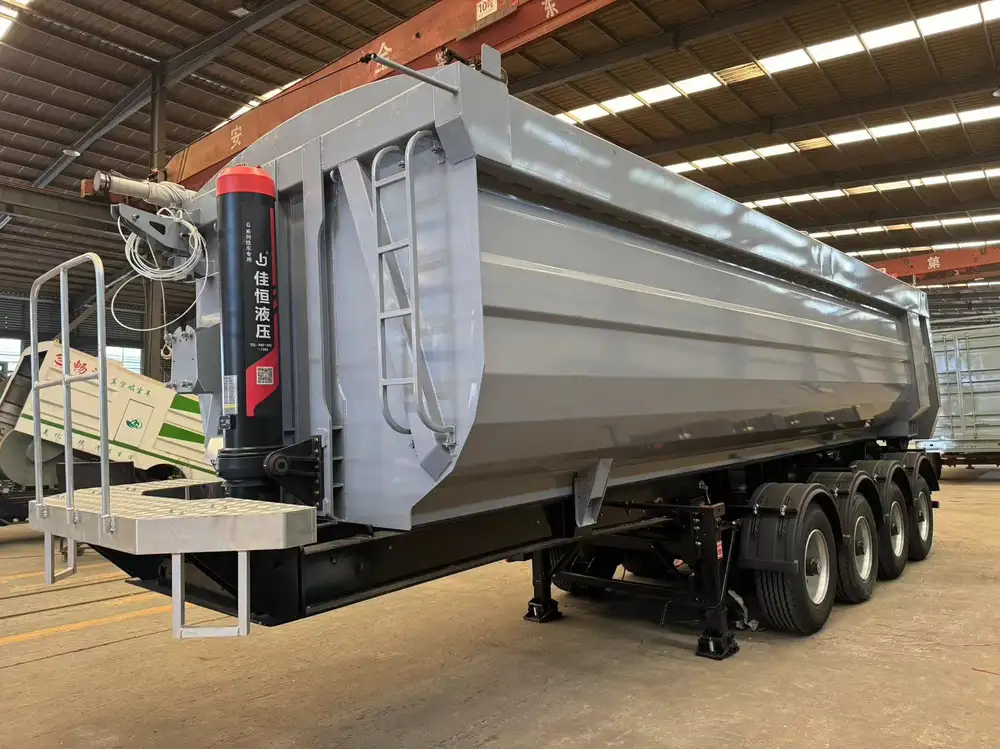
Safety Precautions Before Loading
Safety should always be a top priority when loading a trailer. Adhering to safety protocols prevents accidents and ensures the well-being of personnel involved in the loading process.
Essential Safety Measures
- Wear Protective Gear: Gloves, helmets, and safety boots should be worn.
- Inspect Equipment: Ensure all loading equipment is in good working condition.
- Clear the Area: Remove any unnecessary obstacles that could cause tripping or interference.
- Check Trailer Condition: Inspect the trailer for any signs of wear or damage before use.
Implementing these safety precautions creates a secure environment for loading activities.
Step-by-Step Loading Process
Executing a systematic loading process enhances efficiency and safety. Below is a detailed guide to loading a trailer effectively.
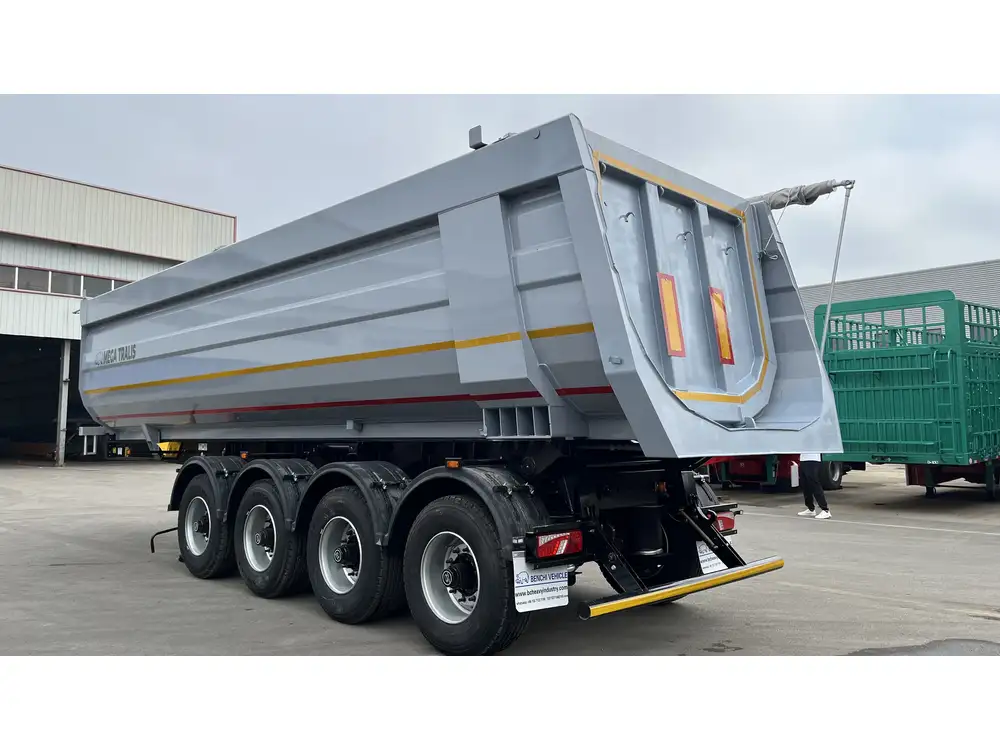
1. Plan Your Load Layout
Strategic Planning: Before loading, design a layout that optimizes space and weight distribution.
- Heavy Items First: Place heavier items at the bottom and front of the trailer.
- Balance the Load: Distribute weight evenly across the trailer to prevent imbalance.
- Maximize Space: Utilize the entire cargo area without overcrowding.
Example Load Layout:
| Section | Items to Place |
|---|---|
| Front | Heavier machinery, large pallets |
| Middle | Medium-weight boxes, equipment |
| Rear | Lighter items, stacked packages |
2. Distribute Weight Evenly
Balanced Weight Distribution: Ensuring an even weight distribution is critical for trailer stability and handling.
- Axle Loading: Follow the manufacturer’s guidelines for axle loading.
- Center of Gravity: Keep the center of gravity low and centered to maintain balance.
- Prevent Overloading: Avoid exceeding the GVWR to reduce strain on the trailer and vehicle.
3. Secure the Load
Stabilizing the Cargo: Properly securing the load prevents shifting during transit, which can lead to accidents or damage.
- Use Straps and Tie-Downs: Secure items with high-quality straps or tie-downs.
- Anchor Points: Utilize designated anchor points on the trailer for securing cargo.
- Blocking and Bracing: Use blocks or braces to immobilize heavy items.
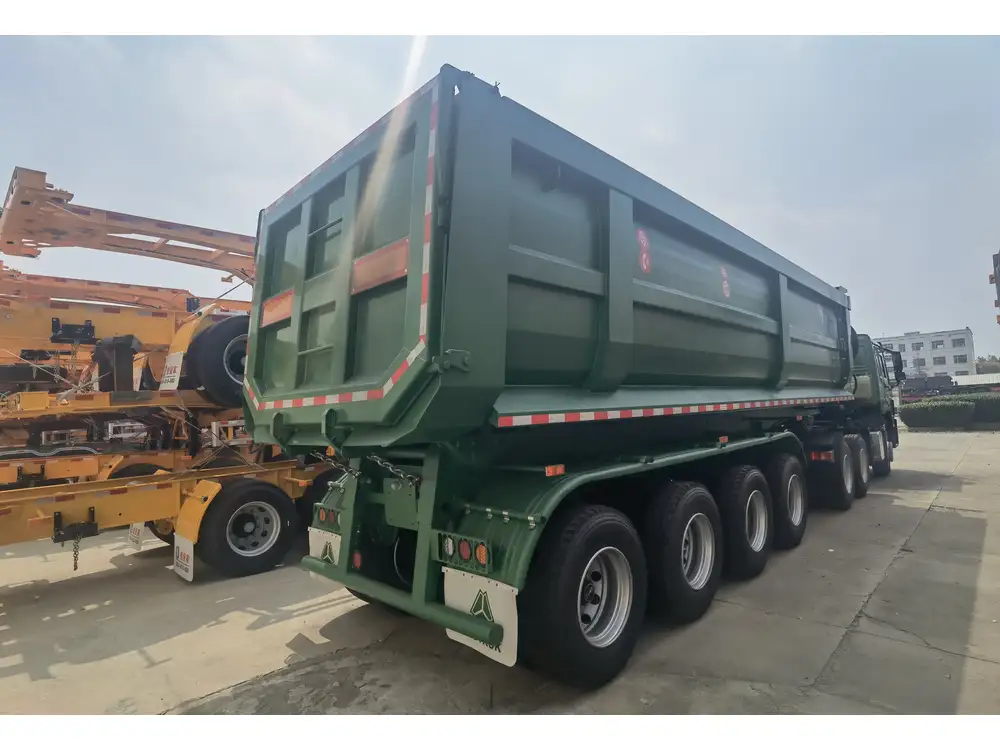
4. Use Proper Loading Equipment
Efficient Loading Tools: Employ the right equipment to facilitate safe and efficient loading.
- Forklifts and Pallet Jacks: Ideal for moving heavy pallets or machinery.
- Ramps and Loading Docks: Ensure smooth access to the trailer for loading equipment.
- Cargo Nets and Tarps: Protect the load from environmental elements and maintain load integrity.
5. Double-Check and Inspect
Final Inspection: Conduct a thorough inspection after loading to ensure everything is secure.
- Recheck Straps: Verify that all straps and tie-downs are tight and properly positioned.
- Verify Load Stability: Ensure there is no movement or shifting of the cargo.
- Compliance Check: Confirm that the load complies with all transportation regulations.
Utilizing CarMax Vehicle Trailers
At CarMax Vehicle, we design our trailers to facilitate efficient and secure loading processes. Our semi-trailers come equipped with features tailored to meet diverse transportation needs.
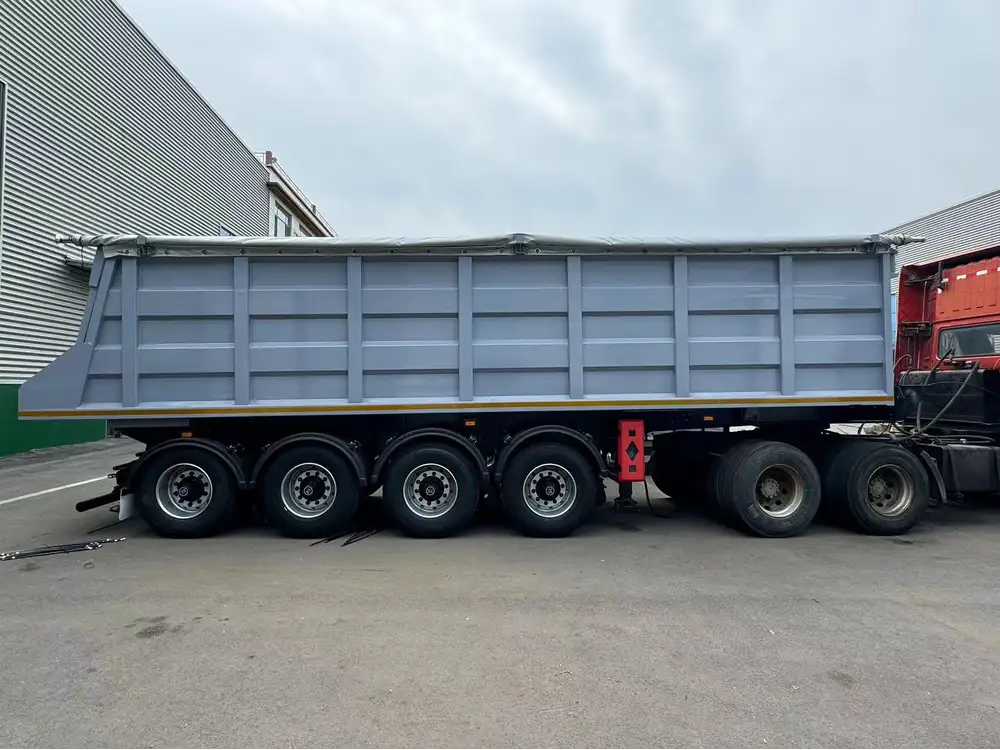
Key Features of CarMax Trailers
- High Load Capacity: Engineered to support substantial weights without compromising safety.
- Adjustable Tie-Down Points: Flexible anchor points for securing various types of cargo.
- Robust Construction: Built with durable materials to withstand the rigors of transportation.
- Ergonomic Design: Facilitates easy access and loading for operators.
Benefits of Using CarMax Trailers:
- Enhanced Safety: Superior design minimizes the risk of load shifting and accidents.
- Operational Efficiency: Streamlined features reduce loading times and operational costs.
- Reliability: Durable construction ensures long-term performance and low maintenance.
Common Mistakes to Avoid
Avoiding common loading mistakes is essential for maintaining safety and efficiency. Here are some pitfalls to be aware of:
1. Overloading the Trailer
Exceeding the GVWR can lead to trailer instability, increased wear and tear, and potential legal issues.
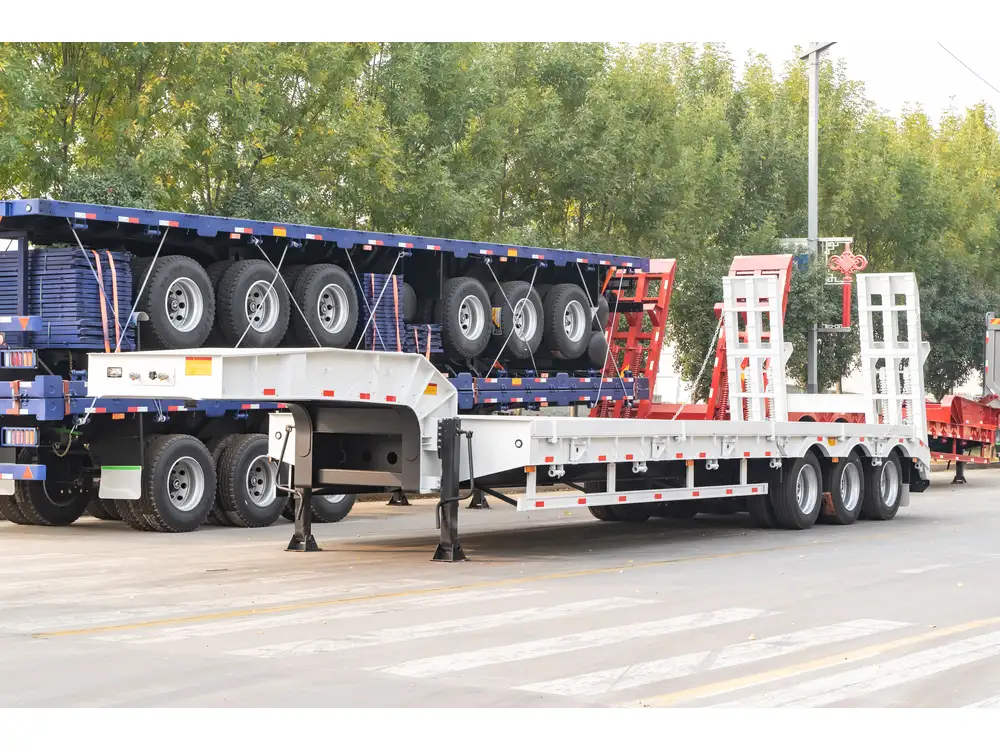
2. Neglecting Weight Distribution
Uneven weight distribution causes handling difficulties, increases the risk of rollover, and places undue stress on specific trailer components.
3. Inadequate Securing of Cargo
Failing to properly secure the load can result in cargo shifting, leading to damage or accidents during transit.
4. Ignoring Trailer Condition
Loading onto a trailer that is in poor condition compromises safety and can lead to mechanical failures.

5. Improper Use of Loading Equipment
Using the wrong equipment or operating it incorrectly can cause injuries and damage to both the cargo and the trailer.
Maintenance Tips for Loaded Trailers
Regular maintenance ensures that your trailer remains in optimal condition, especially when frequently loaded and unloaded.
Maintenance Practices
- Regular Inspections: Examine the trailer for signs of wear, corrosion, or damage after each use.
- Lubricate Moving Parts: Keep hinges, locks, and other moving parts well-lubricated to prevent malfunction.
- Check Tire Pressure: Maintain proper tire pressure to ensure safe handling and reduce the risk of blowouts.
- Clean the Trailer: Remove debris and clean the cargo area to prevent rust and deterioration.
- Monitor Brake Systems: Regularly check and maintain the braking system for reliable performance.
Implementing these maintenance practices prolongs the life of your trailer and ensures it remains safe and efficient.
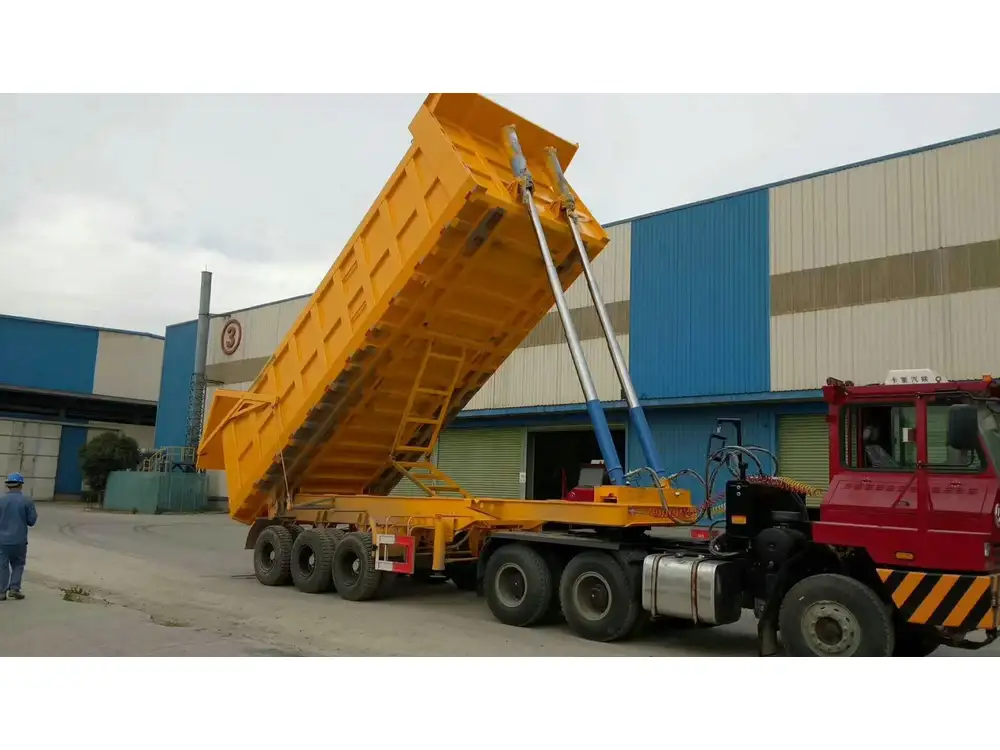
Conclusion
Loading a trailer effectively is a critical component of successful transportation operations. By understanding your trailer’s specifications, preparing your load meticulously, adhering to safety precautions, and following a systematic loading process, you can enhance the safety and efficiency of your logistics. At CarMax Vehicle, our trailers are designed to support these best practices, providing you with reliable and high-performance solutions for your transportation needs.
Investing in the right equipment and maintaining proper loading techniques not only ensures the safety of your cargo and personnel but also contributes to the overall success of your business operations. Trust CarMax Trailer to deliver quality and durability, empowering you to achieve optimal results in your transportation endeavors.
Frequently Asked Questions
1. What is the maximum weight capacity of CarMax Trailers?
CarMax Trailers are designed with varying weight capacities to suit different transportation needs. Please refer to the specific model’s specifications or contact our sales team for detailed information.
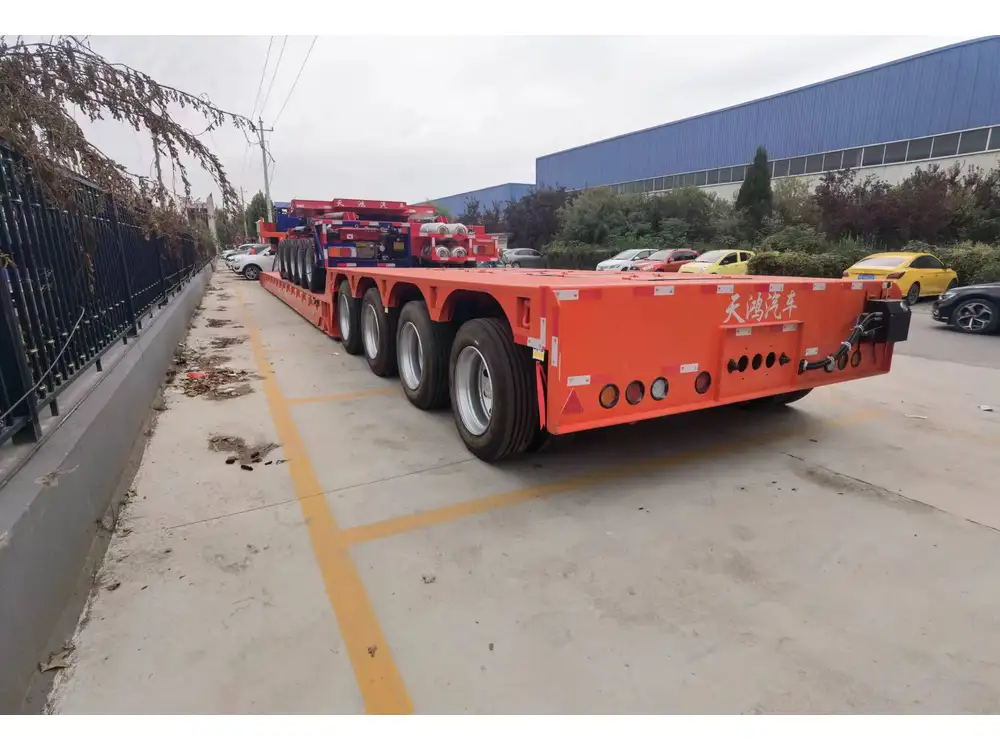
2. How can I ensure my load is evenly distributed on the trailer?
To ensure even weight distribution, place heavier items towards the front and center of the trailer, and distribute lighter items evenly on either side. Utilizing CarMax Vehicle’s adjustable tie-down points can further aid in achieving balanced loading.
3. What safety measures should I take when loading a trailer?
Key safety measures include wearing protective gear, inspecting loading equipment, securing the load properly, and conducting a final inspection to ensure stability and compliance with transportation regulations.
4. Can CarMax Trailers accommodate oversized or irregularly shaped cargo?
Yes, CarMax Trailers come in various configurations with adjustable features to accommodate oversized or irregularly shaped cargo. Contact our team to discuss your specific requirements.
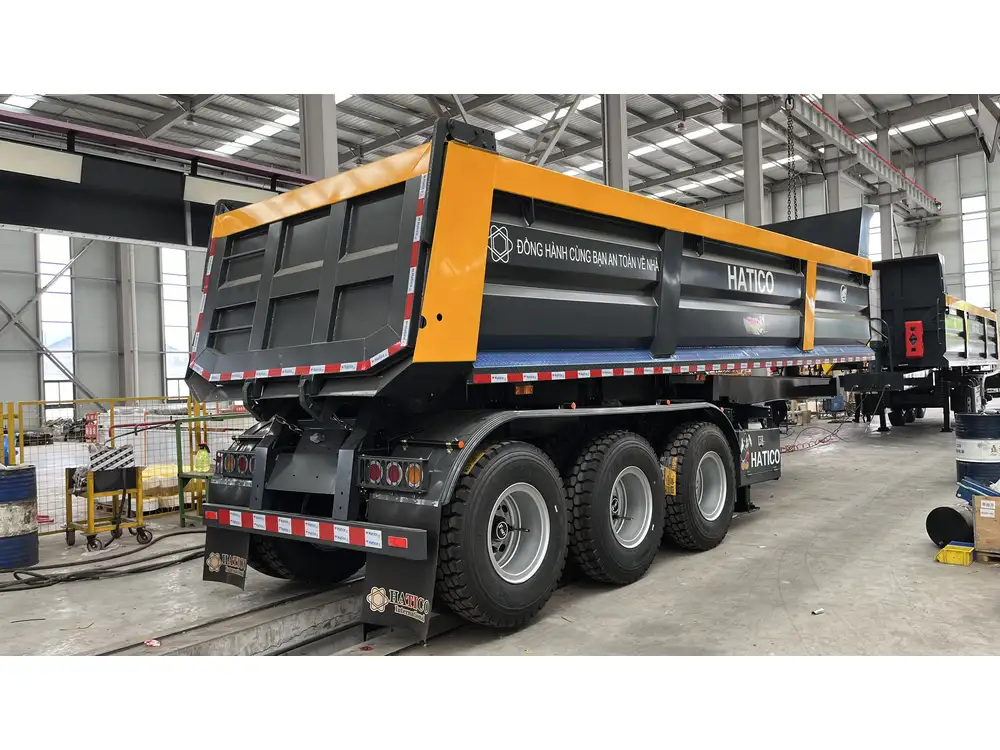
5. How often should I perform maintenance on my loaded trailer?
Regular maintenance should be performed after each use, including inspections for wear and tear, lubricating moving parts, checking tire pressure, and ensuring the braking system is functioning correctly.



